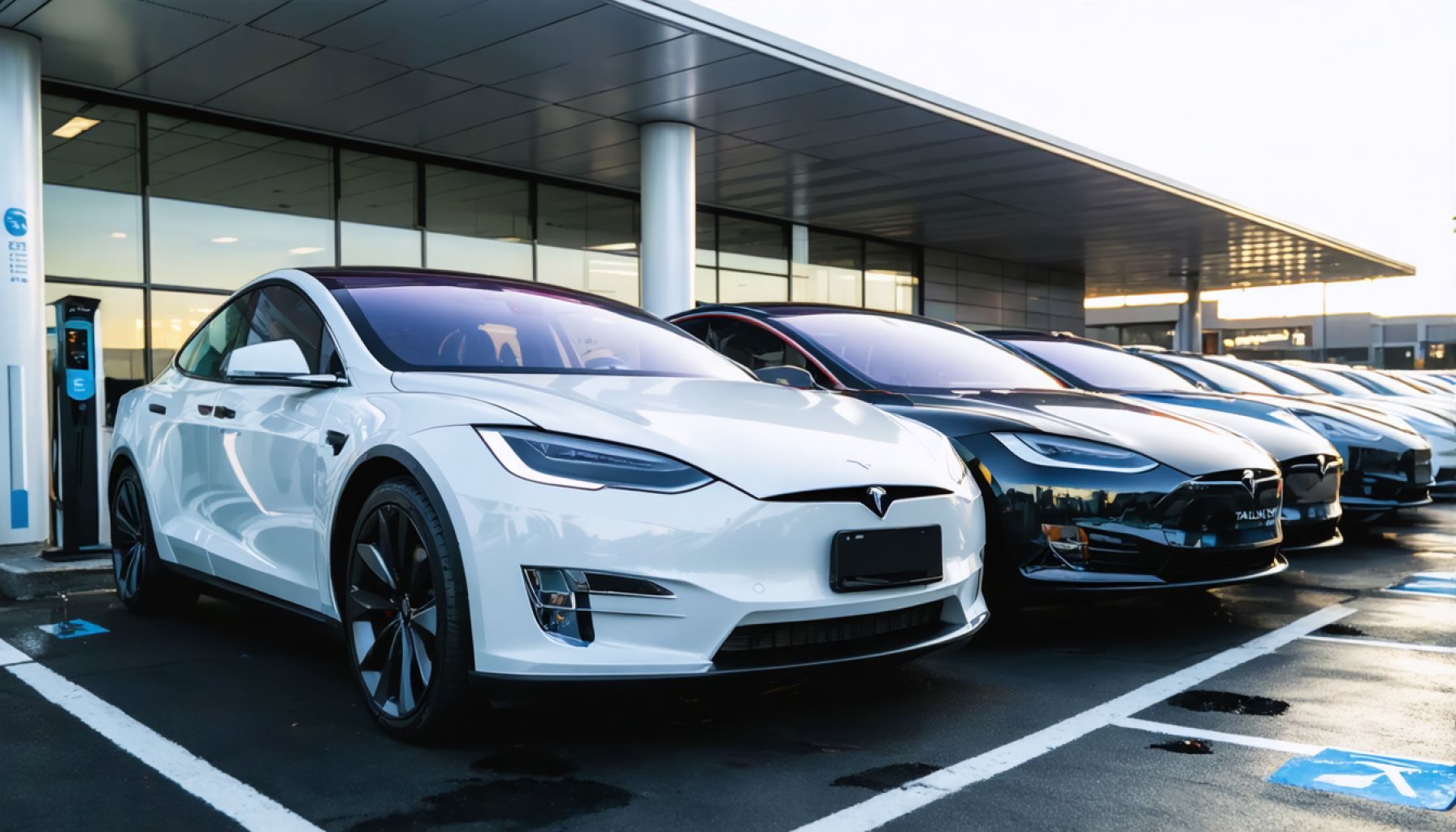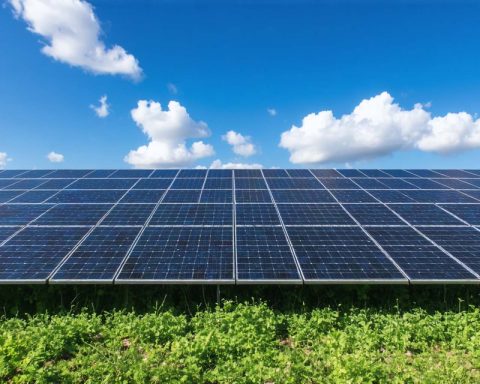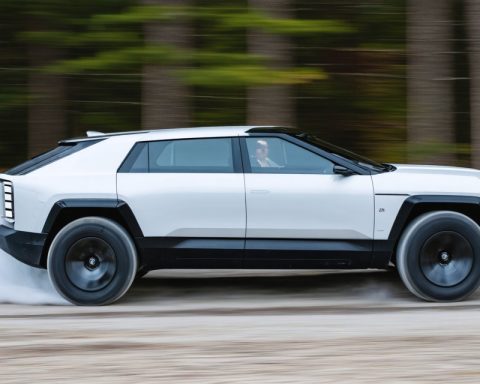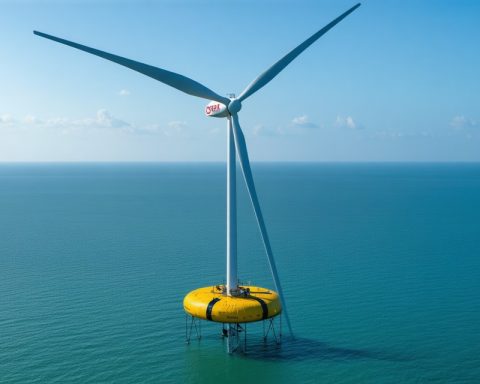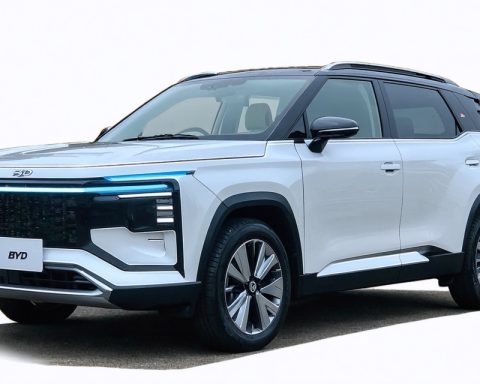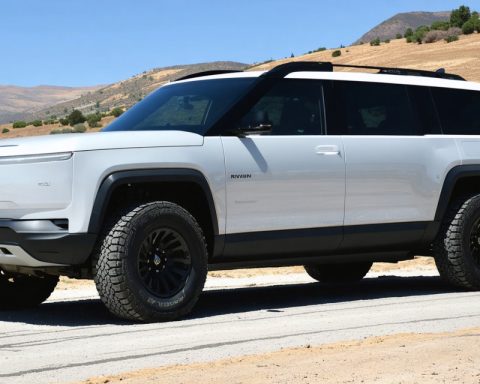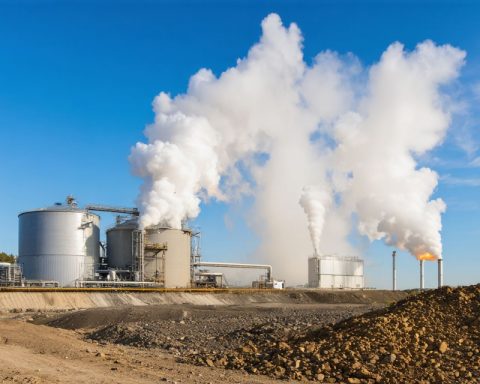- The US has imposed a 25% tariff on cars and light trucks assembled outside the United States, impacting Tesla.
- Despite being known for American assembly, Tesla is not immune due to its global supply chain dependencies.
- Key components are sourced from China and Mexico, raising costs under new tariffs.
- Tariffs on steel and aluminum further threaten to inflate vehicle prices, affecting electric vehicle adoption.
- Global trade tensions could lead to reciprocal tariffs, straining Tesla’s international relationships.
- The challenge lies in tracing and taxing components effectively in an intricate supply chain.
- These protectionist measures could inadvertently hinder Tesla’s growth and innovation.
- Trade policies have a profound influence on transforming industries, testing Tesla’s leadership in sustainability.
As the dawn breaks on a new era of automotive tariffs, an unexpected storm brews over Tesla—a veritable titan of innovation. The US administration’s bold move to impose a 25% tariff on all cars and light trucks assembled outside the United States has sent ripples of uncertainty through global supply chains and shaken the very foundations upon which Tesla builds its cutting-edge electric vehicles.
Despite the popular perception that Tesla, with its American-assembled fleet, might gracefully sidestep the sting of new tariffs, reality paints a more nuanced picture. CEO Elon Musk has acknowledged, perhaps with a hint of resignation, that Tesla will feel the blow—the impact of these tariffs is indeed “significant.” This is more than a mere footnote but a critical juncture in Tesla’s ambitious journey.
Tesla, often heralded for producing “the most American-made vehicles,” still relies heavily on a global supply tapestry. A substantial portion of its components originates beyond US borders—for instance, critical parts sourced from China now come with an elevated price tag. The intricate dance of North American manufacturing also sees Tesla drawing over 20% of its parts from Mexico, while an undisclosed yet vital quantity streams in from Canada. This cross-border synergy, once facilitated by the USMCA agreement, now faces arduous hurdles with the imminent threat of tariffs looming post-May 3rd.
The financial reverberations of tariffs on steel and aluminum compound Tesla’s predicament, threatening to inflate costs not just for Teslas, but across the car-buying market. The cascading effect is clear: elevated prices may slow consumer adoption of electric vehicles at a time when sustainability needs urgent champions.
Furthermore, as global trade tensions simmer, the world eyes the US with a reciprocal tariff strategy. Canada, having shared a fraught tariff relationship with Tesla before, exemplifies how geopolitical winds might buffet the company due to Musk’s sometimes controversial alliances.
In a complex web of commerce where vehicle parts cross borders time and again, the task of accurately tracing and taxing these components appears nearly Sisyphean. Ironically, such protectionist measures, intended to bolster American industry, might inhibit Tesla’s growth – an archetype of American ingenuity.
The takeaway here is unmistakable: trade policies wield an undeniable power to reshape industries overnight. As Tesla, with its visionary leader and unparalleled energy, navigates these turbulent waters, the real test lies not just in weathering economic storms, but in doing so while keeping its commitment to leading the charge toward a sustainable, electric future.
The Unexpected Tariff Challenge: How Tesla Navigates New Trade Waters
Understanding Tesla’s Current Tariff Challenge
Tesla, a symbol of American innovation, faces an unexpected hurdle with the imposition of a 25% tariff on cars and light trucks assembled outside the United States. While it may initially seem that Tesla, which primarily assembles vehicles in the U.S., would remain unaffected, the global nature of its supply chain tells a different story.
Key Facts and Insights
– Global Supply Chain Dependence: Despite being an American company, Tesla sources many critical components from overseas, particularly from China and Mexico. This exposes the company to increased costs due to these new tariffs. For instance, the supply of essential items like battery cells and raw metals could see price hikes, affecting the overall cost structure.
– Imported Parts and Cost Impact: Tesla’s reliance on imported parts means that even a U.S.-made vehicle isn’t entirely insulated from tariff impacts. The increased costs of foreign parts, including semiconductors from Asia and possibly electronics from Germany, could lead to higher manufacturing costs.
– USMCA Agreement: The United States-Mexico-Canada Agreement (USMCA) once facilitated smoother trade in North America. However, these new tariffs make cross-border transactions more challenging, impacting not just Tesla but also the broader automotive industry.
Market Forecasts & Industry Trends
– Electric Vehicle Market Growth: Despite these challenges, the electric vehicle (EV) market is expected to continue growing, propelled by government incentives and increasing consumer demand for sustainable options. However, tariffs could slow growth by raising prices.
– Potential for Shifting Manufacturing Hubs: As tariffs impact costs, there’s a possibility Tesla and other auto manufacturers might consider shifting more production within U.S. borders or to countries with favorable trade agreements to mitigate costs.
Controversies & Limitations
– Geopolitical Tensions: Tesla’s situation is further complicated by geopolitical tensions. Reciprocal tariffs imposed by other nations, like Canada, could counteract some of Tesla’s strategic advantages.
– Cost Pass-Through to Consumers: There’s a risk these tariffs could lead to higher prices for consumers, potentially slowing the adoption of electric vehicles.
Pros & Cons Overview
Pros:
– Encourages potential reshoring of manufacturing jobs to the U.S.
– Could lead to increased domestic component sourcing.
Cons:
– Higher costs for consumers.
– Challenges in adjusting complex supply chains.
– Increased operational costs due to expensive raw materials.
Actionable Recommendations
1. Localize Supply Chains: Tesla should consider ramping up partnerships with local suppliers to reduce dependence on imported components. This might safeguard against future trade disruptions.
2. Cost Assessment and Planning: Focus on assessing which parts of the supply chain are most vulnerable to tariffs and develop targeted strategies to mitigate these impacts through forward contracts or alternative suppliers.
3. Increase Efficiency: Investing in more efficient manufacturing technologies and processes can help offset increased material costs and maintain competitive pricing.
Conclusion
While navigating these new tariffs presents significant challenges, they also incentivize innovation and adaptation. Tesla, with its track record of overcoming logistical challenges, is likely to pioneer new models of supply chain management and manufacturing in response. This could not only secure its position in the market but also ensure it remains a leader in the transition to sustainable electric vehicles.
For more on Tesla and innovation in the automotive industry, visit Tesla’s official site.
